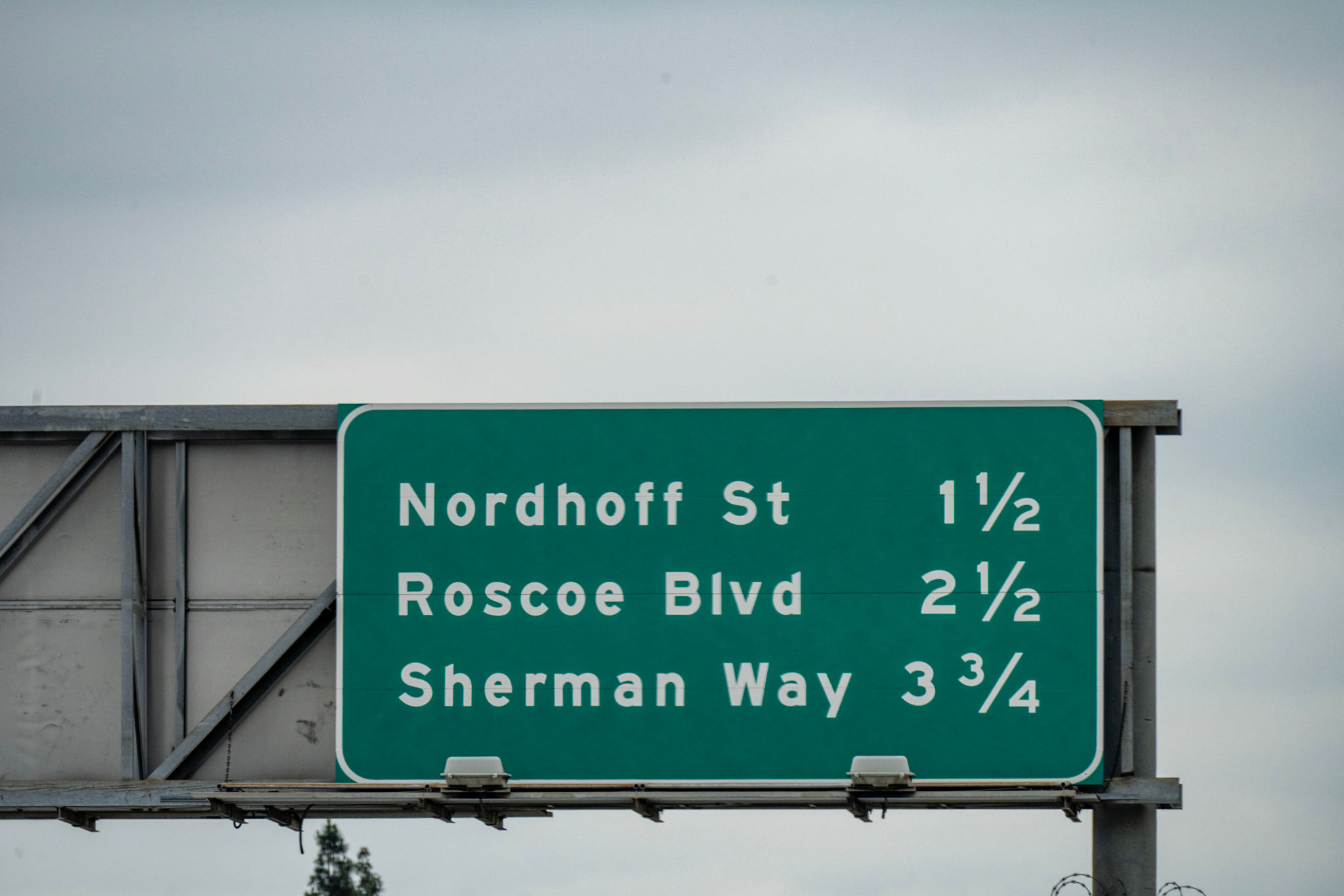How Traffic Laws Differ Between Mississauga and Brampton
Understanding Traffic Laws in Mississauga and Brampton
Traffic laws play a critical role in maintaining order and safety on the roads. Although Mississauga and Brampton are neighboring cities in Ontario, Canada, they have some differences in their traffic regulations. Understanding these differences can help drivers navigate more safely and avoid potential fines or penalties.

Speed Limits and Enforcement
In Mississauga, residential areas typically have a speed limit of 40 km/h, while arterial roads may have limits ranging from 50 to 60 km/h. Brampton, on the other hand, has recently implemented a Vision Zero initiative aimed at reducing speed limits in select areas to improve safety. This program may result in more areas with reduced speed limits compared to Mississauga.
Enforcement of speed limits also varies between the two cities. While both use automated speed enforcement cameras, Brampton has been more aggressive in expanding their use. This means drivers may encounter more speed cameras throughout Brampton, particularly in school zones and high-risk areas.
Red Light Camera Usage
Both Mississauga and Brampton utilize red light cameras to catch drivers who run red lights. However, the placement and frequency of these cameras differ. Brampton has a higher number of red light cameras at intersections due to its larger size and higher traffic volume. This increased presence aims to deter risky driving behavior and reduce accidents.

Parking Regulations
Parking regulations are another area where Mississauga and Brampton differ. Mississauga generally allows overnight street parking with certain restrictions during the winter months to facilitate snow removal. In contrast, Brampton has stricter overnight parking regulations year-round, requiring permits for extended street parking beyond a set duration.
Additionally, Brampton enforces higher fines for parking violations compared to Mississauga, reflecting their commitment to maintaining clear and safe roadways for all users.
School Zone Safety
Ensuring the safety of children in school zones is a priority for both cities. Mississauga has implemented reduced speed limits in school zones during school hours, often accompanied by signs indicating the specific times of enforcement. Brampton has taken a similar approach but has introduced more extensive signage and road markings to enhance visibility for drivers.

Bicycle Lanes and Pedestrian Crossings
Bicycle lanes are becoming increasingly common as both cities promote eco-friendly transportation options. Mississauga has been more proactive in developing an integrated network of bicycle lanes that connect key areas of the city. In contrast, Brampton is still expanding its cycling infrastructure, which may result in fewer dedicated bike lanes currently available.
Pedestrian crossings are also prioritized differently. Brampton has focused on installing more pedestrian-activated crosswalks to ensure safe passage across busy streets, whereas Mississauga relies on traditional crosswalks at intersections with traffic signals.
Public Transportation Prioritization
Public transportation plays a significant role in shaping traffic laws and priorities in both cities. Mississauga has invested heavily in the MiWay transit system, with dedicated bus lanes on major routes to improve transit efficiency. This can affect traffic flow and regulations around these areas, particularly during peak transit hours.
Brampton's transit system, while extensive, is still expanding its dedicated infrastructure. This means traffic laws might not yet reflect the same level of prioritization for buses as seen in Mississauga, although future developments are planned.
Conclusion
While many traffic laws are consistent across Ontario, nuances between cities like Mississauga and Brampton can impact everyday driving experiences. By understanding these differences, residents and visitors can better navigate the roads, ensuring safer journeys for all road users.
